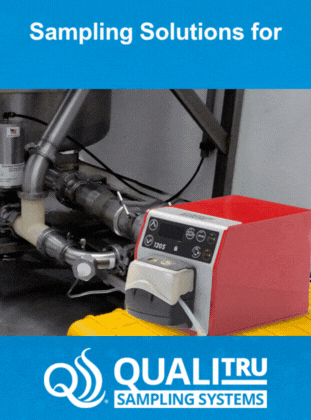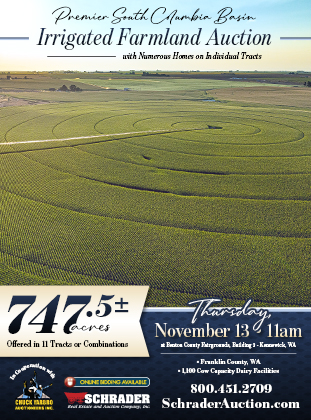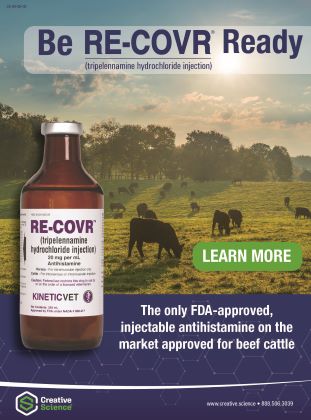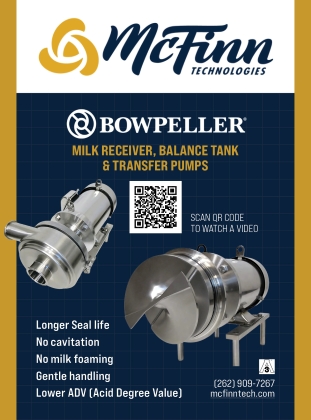Articles
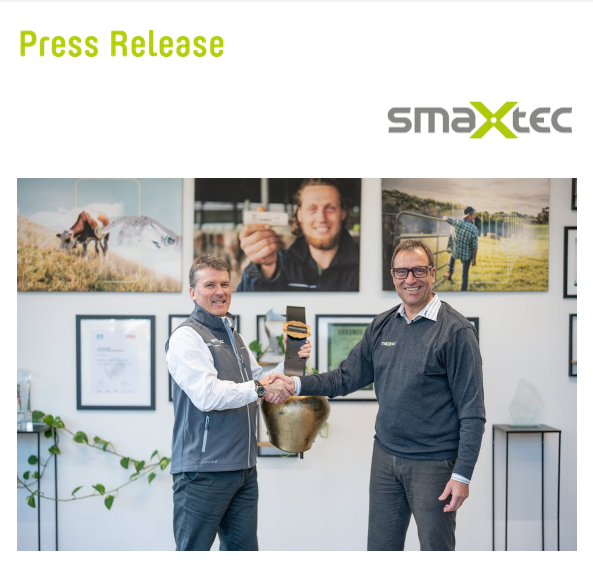
SmaXtec Announces New Leadership
Smaxtec Announces New Leadership SmaXtec, the global leader in advanced dairy cow health monitoring, announced new leadership appointments as the company continues its strong global expansion in the United States, Europe and New Zealand and completes 2025 with another year of significant double-digit growth. At a time of significant momentum for smaXtec, the company is […]
READ MORE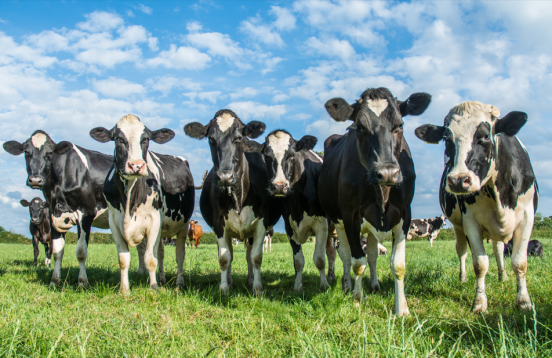
Start Next Year’s Fly Control Today: The 30/30 Approach from Central Life Sciences
As the summer sun beats down across the country, flies may feel like a current concern—but the smartest producers know that successful fly control begins well before pests become visible. In fact, the groundwork for next year’s fly control starts today with a strategic and science-backed plan: the 30/30 approach from Central Life Sciences. This […]
READ MORE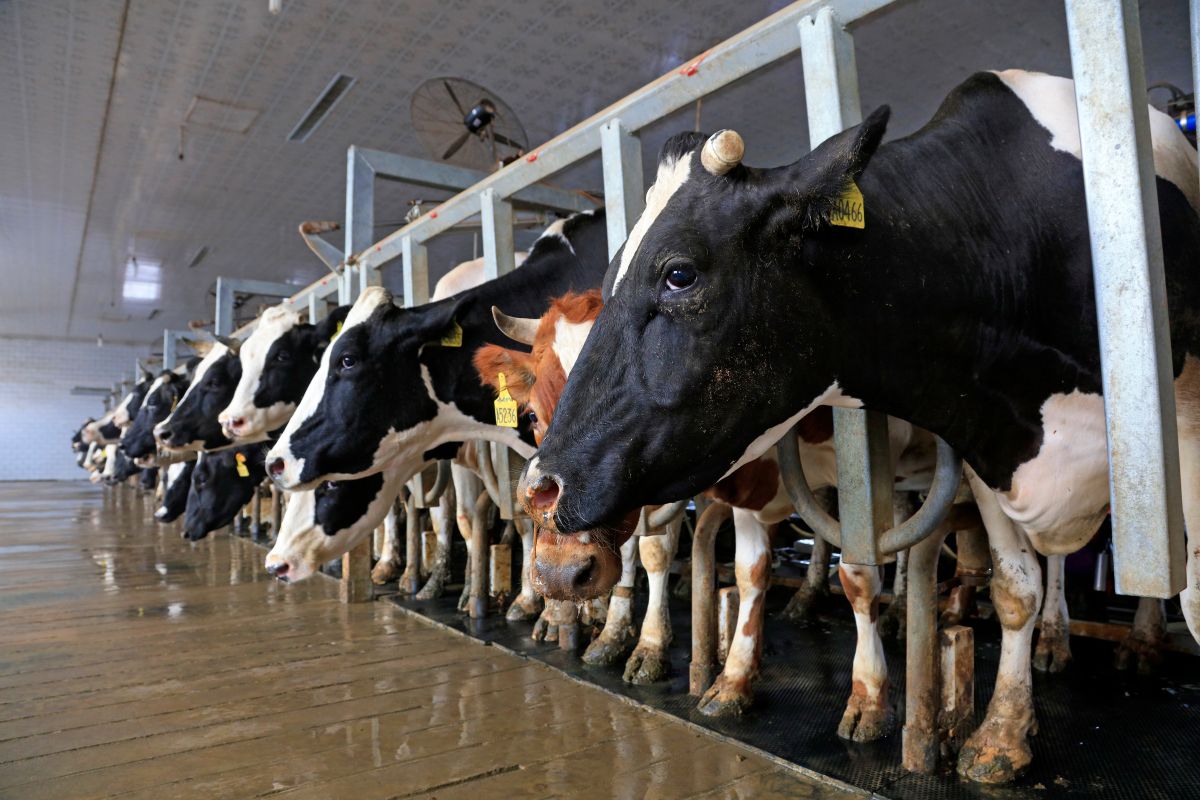
Ferappease Reduces Health Challenges and Pain
Postpartum Research Shows that Ferappease Reduces Health Challenges and Pain Levels, While Boosting Milk Production COLLEGE STATION, Texas (July 17, 2025) — In a recent University of Florida postpartum study (Santos et al., 2025)*, researchers evaluated the effects of a single dose of FerAppease – a unique analogue of the naturally occurring Maternal Bovine Appeasing […]
READ MORE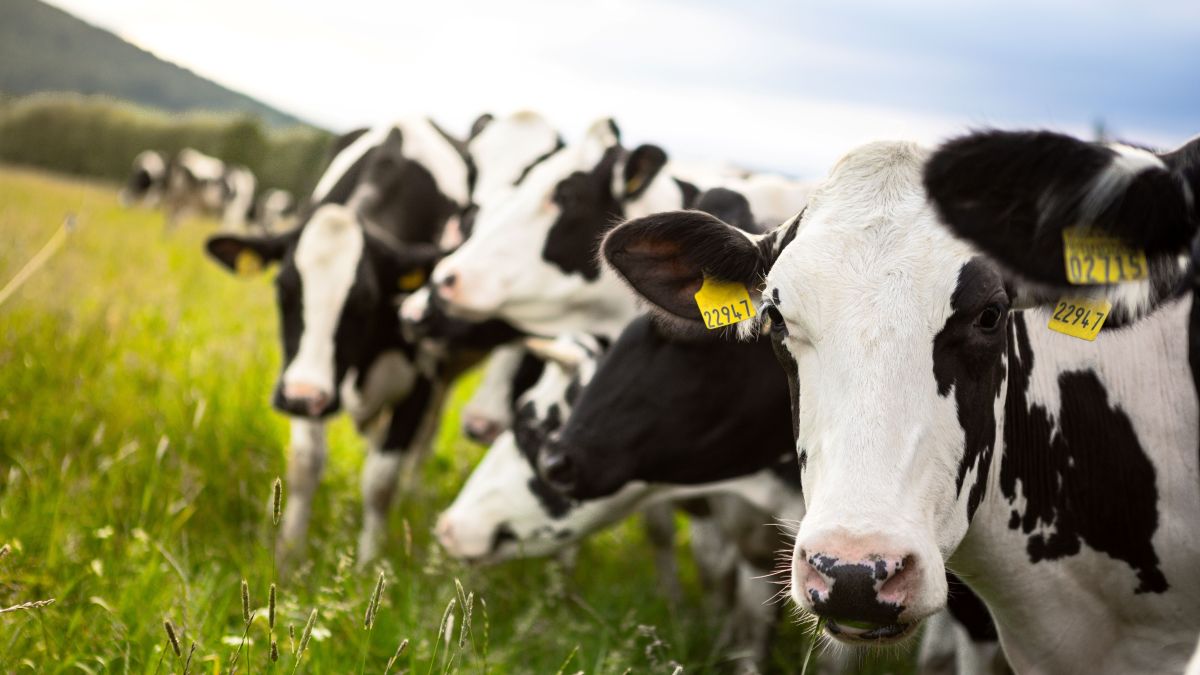
Managing Internal Parasites in Dairy Cattle
Managing Internal Parasites in Dairy Cattle Internal parasites are a constant but often overlooked challenge in American dairy herds. While many herds focus on mastitis control, reproduction, and nutrition, parasites, like intestinal worms, begin to decrease productivity behind the scenes. Even when infections aren’t obvious, they can reduce milk yield, slow growth in replacements, impair […]
READ MORE
